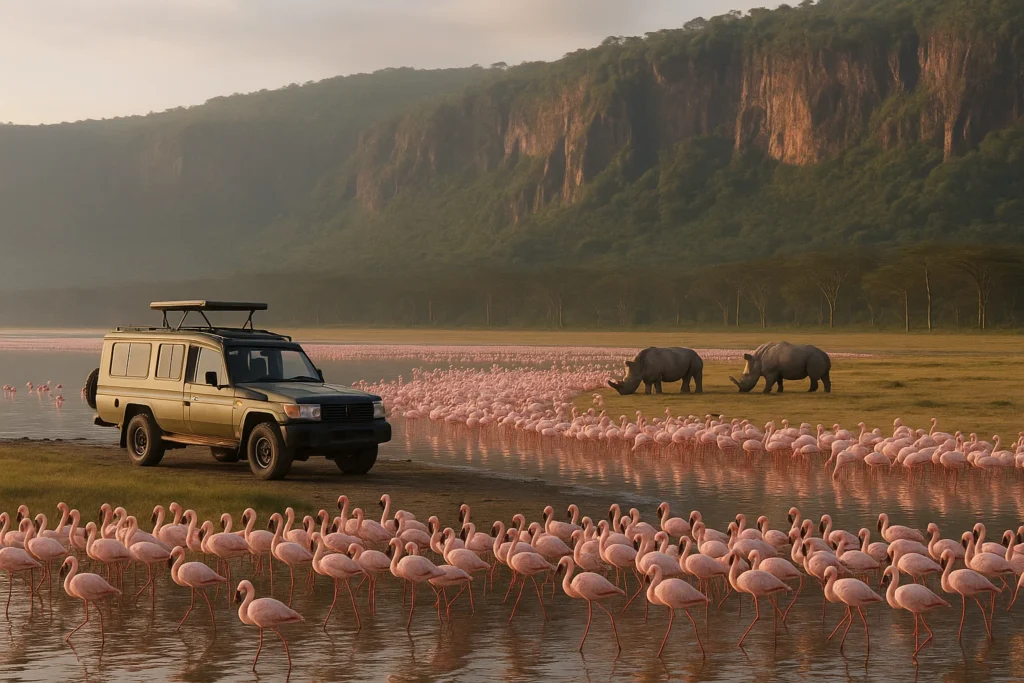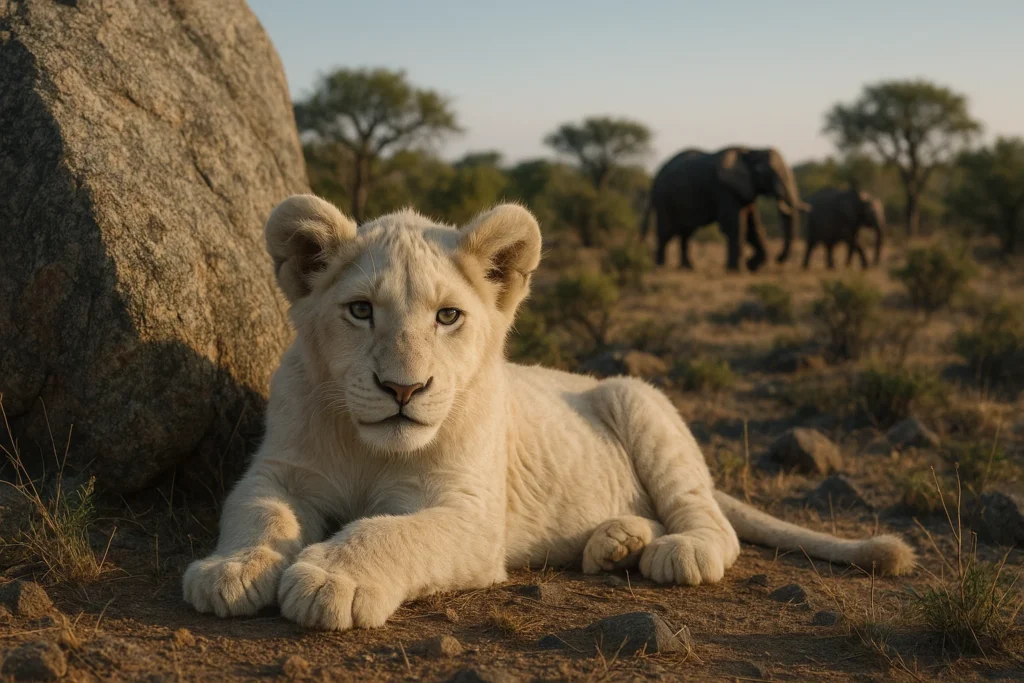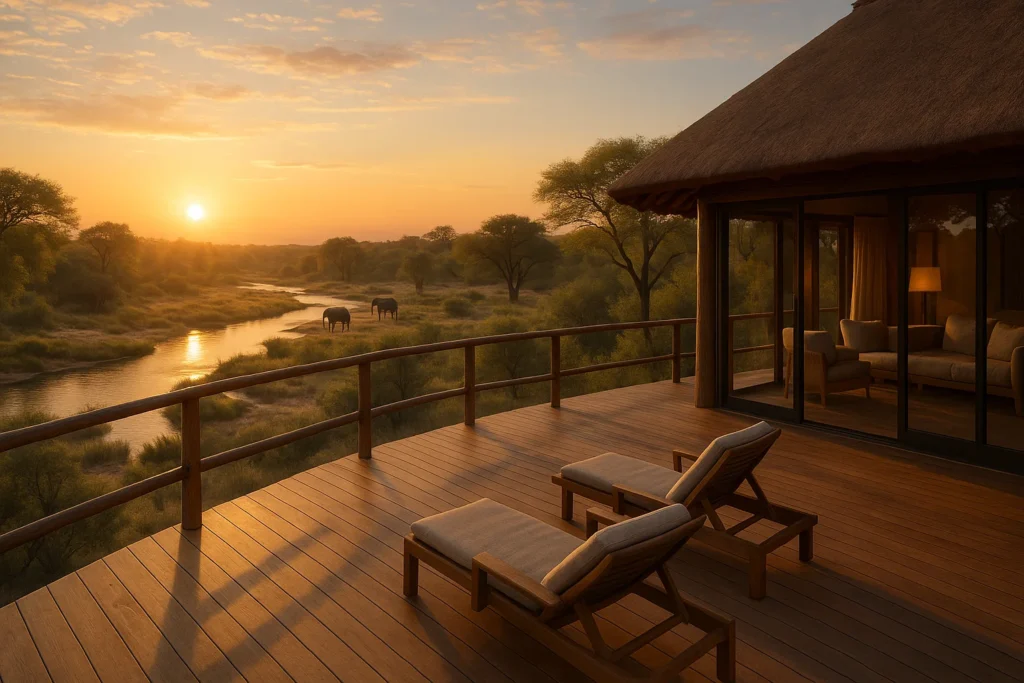Lake Nakuru National Park, 188 km² in Kenya’s Great Rift Valley, offers an unforgettable safari that seamlessly blends iconic birdlife with rich wildlife viewing and towering viewpoints. Here’s what travelers can expect on a game drive experience in this compact but diverse park.
Flamingo watching at Lake Nakuru: when and where to go
Lake Nakuru is renowned for the vast flocks of flamingos—both lesser and greater species—feeding along the alkaline shores on cyanobacteria (blue‑green algae). During dry seasons, flamingos concentrate in deep pink swathes, sometimes numbering over a million.
Best viewing times:
- Dry seasons (July–October and January–February): Falling water levels concentrate algae and attract flamingos to the shorelines in dense flocks—the spectacle is at its peak.
- Viewpoints: Baboon Cliff (also called Out of Africa viewpoint) is perfect for panoramic flamingo photography—several vantage points offer sweeping views over the lake and birds
What you’ll see on a game drive: wildlife and landscapes
Lake Nakuru’s game drives traverse a mix of habitats—acacia woodlands, bushy grasslands, rocky escarpments, and lake edge wetlands—accessible via well-maintained roads.
You’ll likely spot:
- Rhinos: Both eastern black and southern white rhinos, protected within fenced sanctuary zones, are commonly seen grazing near open clearing.
- Big cats & predators: Lions and leopards roam the park; leopards may rest in fever trees, while lions appear during cooler hours.
- Herbivores and other wildlife: Buffaloes, giraffes (Rothschild’s), waterbucks, zebras, impala, elands, warthogs, and monkeys like olive baboons enrich the safari experience.
- Bird species beyond flamingos: Over 450 bird species are recorded; watch for pelicans, herons, storks, kingfishers, fish eagles, and more
Walking safaris and viewpoints around Lake Nakuru: a different perspective
Walking safaris
Guided walking safaris offer a closer and slower interaction with nature:
- Begin with a short drive followed by a walk with an armed ranger who navigates safe zones near the lake or escarpments.
- Walks are interspersed with driving to maximize habitat variety—great if you wish to observe smaller fauna, wildflowers, or birdlife at ground level.
Scenic viewpoints
- Baboon Cliff / Out of Africa viewpoint: A highlight—stop your vehicle there to stretch legs, enjoy a picnic, and capture sweeping views of both the lake and wildlife moving about below.
- Other ridges and escarpments: Viewpoints along the Rift Valley escarpment offer lovely panoramas of the surrounding landscape and wildlife corridors
Sample game drive itinerary & photography tips
Itinerary example:
- Morning drive (7 am–10 am): Animals like lions, buffaloes, rhinos, and flamingos near lakeshore.
- Midday break at viewpoint: Stretch at Baboon Cliff or picnic near lake.
- Afternoon drive: Wildlife activity resumes, with better lighting for photography.
Photography tips:
- Use a telephoto lens (200–400 mm) for rhinos, leopards, or flamingo birds in flight.
- Wide-angle shots from viewpoints capture pink flamingo blankets, escarpments, and lake reflections.
- Golden hour lighting—early morning and late afternoon—enhances colors and shadows across the lake and landscapes.
What makes Nakuru unique
- Compact size with high biodiversity: Although small (188 km²), you can spot many of Kenya’s iconic mammals and be awed by vast birdlife—all within short distances.
- Rhino sanctuary within a flamingo haven: The rare combination of thousands of flamingos and a protected rhino population sets Nakuru apart from other parks.
- Accessible and less crowded: Easier to navigate with shorter game drive routes, fewer vehicles, and fewer tourists compared to the Serengeti or Masai Mara.
- Varied terrain and perspective options: Rocky cliffs, escarpments, forested zones and lakeshore habitats provide diversity of scenes and vantage points.
Practical tips and logistics
- Park hours: Open from ~7 am to 6 pm. No night drives are permitted.
- Self-drive vs guided:
- Guided tours offer deeper insights, wildlife spot-spotting, and convenience.
- Self-drive options are available if you prefer flexibility—both follow park rules strictly.
- What to pack: Hat, sunscreen, neutral clothes, binoculars, camera gear, insect repellent, water, snacks, and a mask or scarf for dusty tracks.
- Entry fees and costs: Game drive costs vary: half‑day or full‑day packages range approximately from $100–200 USD per person, including park fees, vehicle and guide.
Conclusion
A game drive in Lake Nakuru National Park offers a uniquely rich safari concentrated into a compact and accessible setting. Expect glittering flocks of pink flamingos, rhinos grazing close to the shore, charismatic predators, and sweeping Rift Valley vistas—all within one well-organized and visitor‑friendly park. Whether you glide over the lake in a safari vehicle, stop atop scenic cliffs, or explore on foot with a ranger, Lake Nakuru delivers a multi‑dimensional safari experience rich in wildlife and photographic potential. For deeper insights on camps, combined itineraries or guides, explore more articles on WhySafari.com.
FAQs
Not always. Their presence depends on water levels and food availability, which vary seasonally. The best time is typically during the dry months.
You can see four: rhinos, lions, leopards, and buffalo. Elephants are not present in Lake Nakuru National Park.
Yes. The park’s compact size makes it ideal for a full-day or even a half-day safari, especially if starting from nearby Nakuru town or Nairobi.
They are usually limited to certain areas and must be accompanied by a ranger. Children or mobility-restricted travelers may have limited access.
Mornings and evenings are cool; midday can get hot. Always dress in layers and carry sun protection.
Some tracks may be muddy or closed, but main roads are usually navigable with a 4×4 vehicle.
Yes, it’s often combined with Masai Mara, Lake Naivasha, or Amboseli as part of a longer Kenya safari circuit.
No, drones are prohibited without special permits from the Kenya Civil Aviation Authority and KWS.
Yes, several viewpoints like Baboon Cliff have designated spots where visitors can rest and enjoy meals.
Yes. Rising water levels, pollution, and shifting food sources influence their numbers and presence in the lake.






